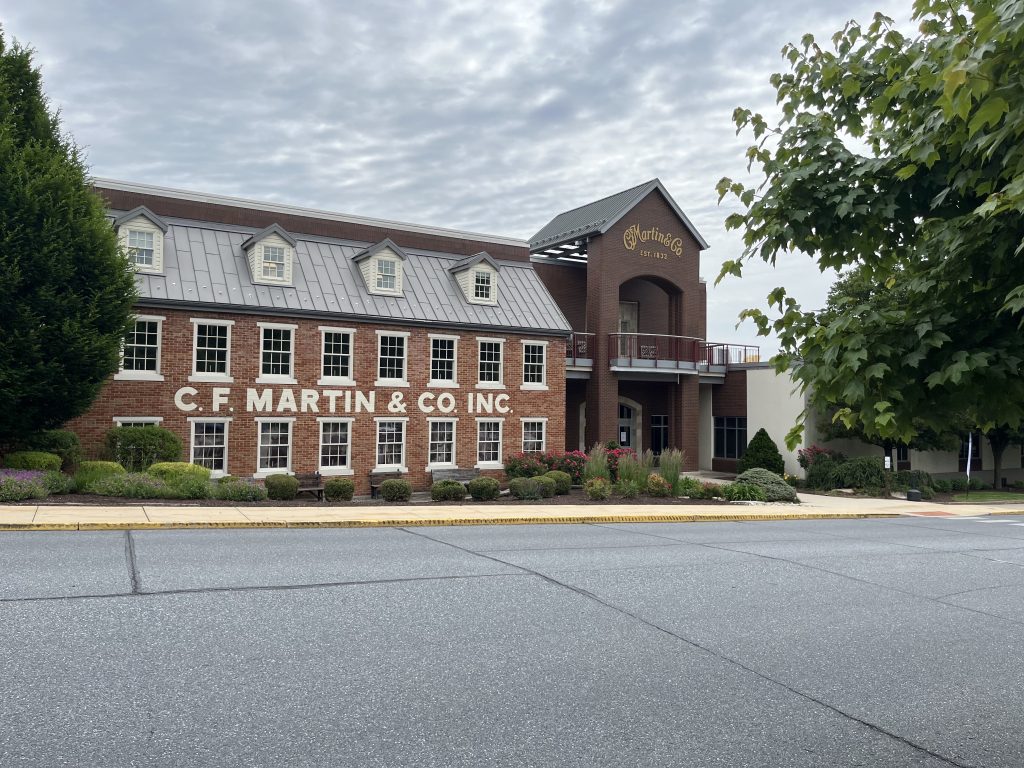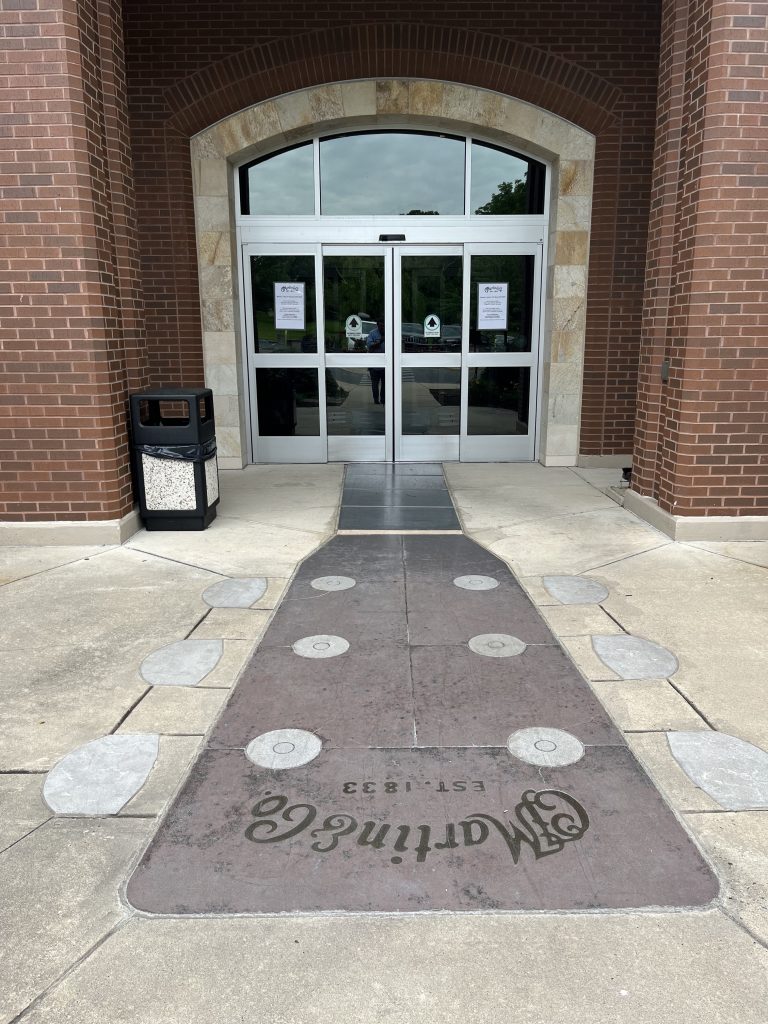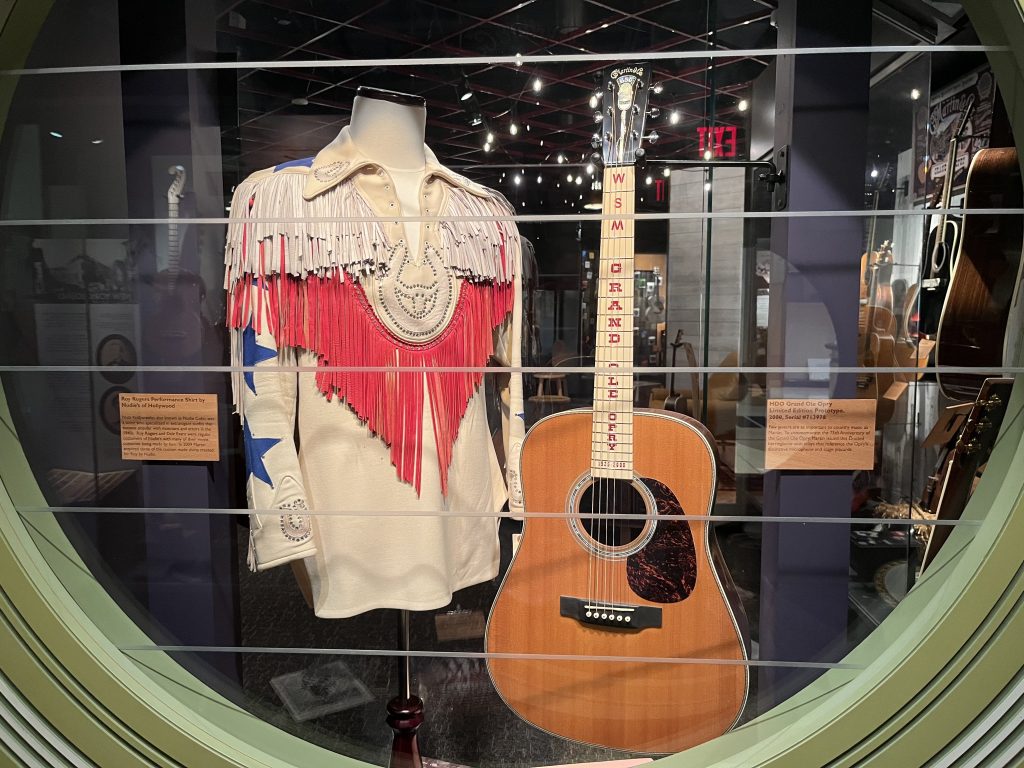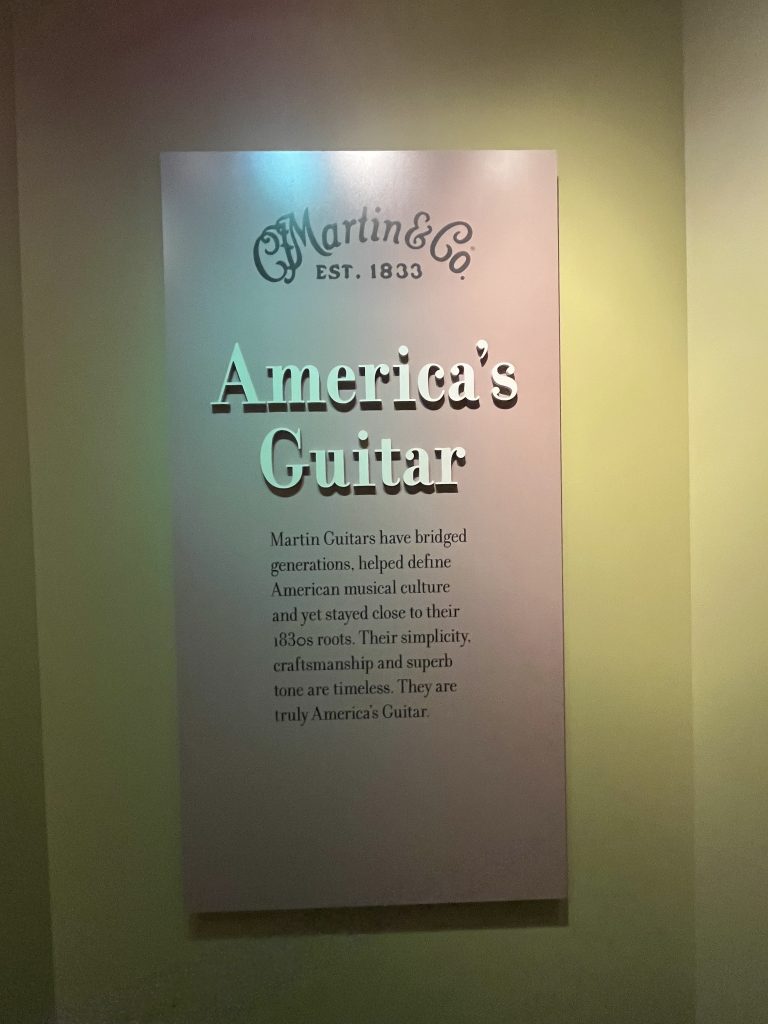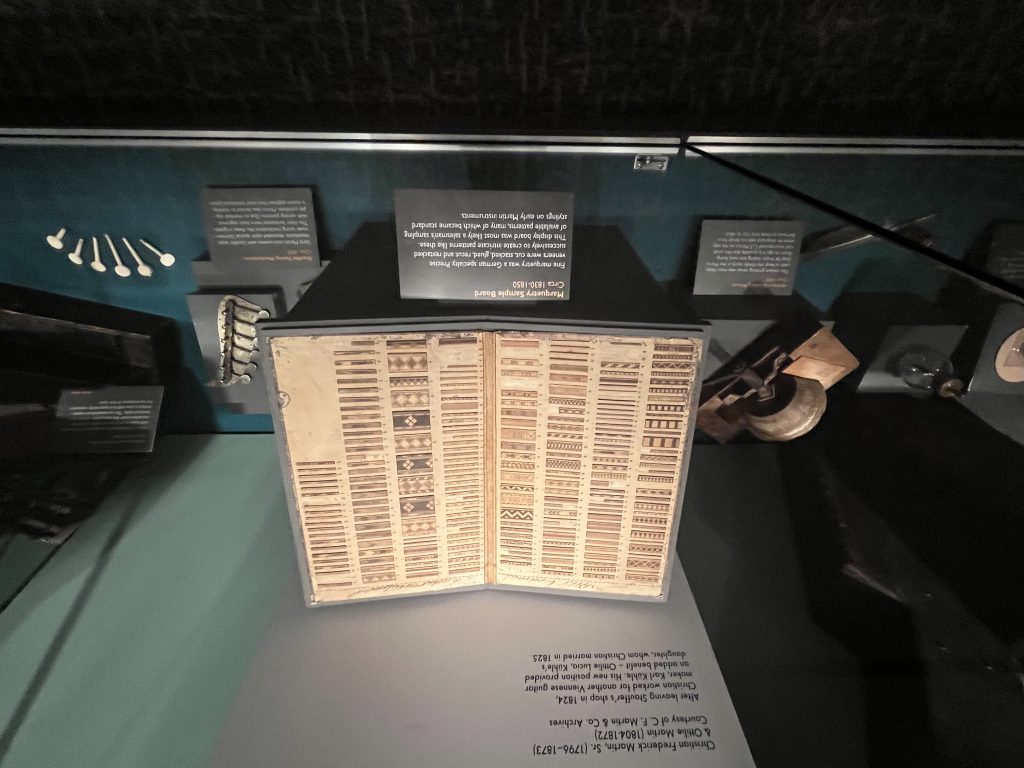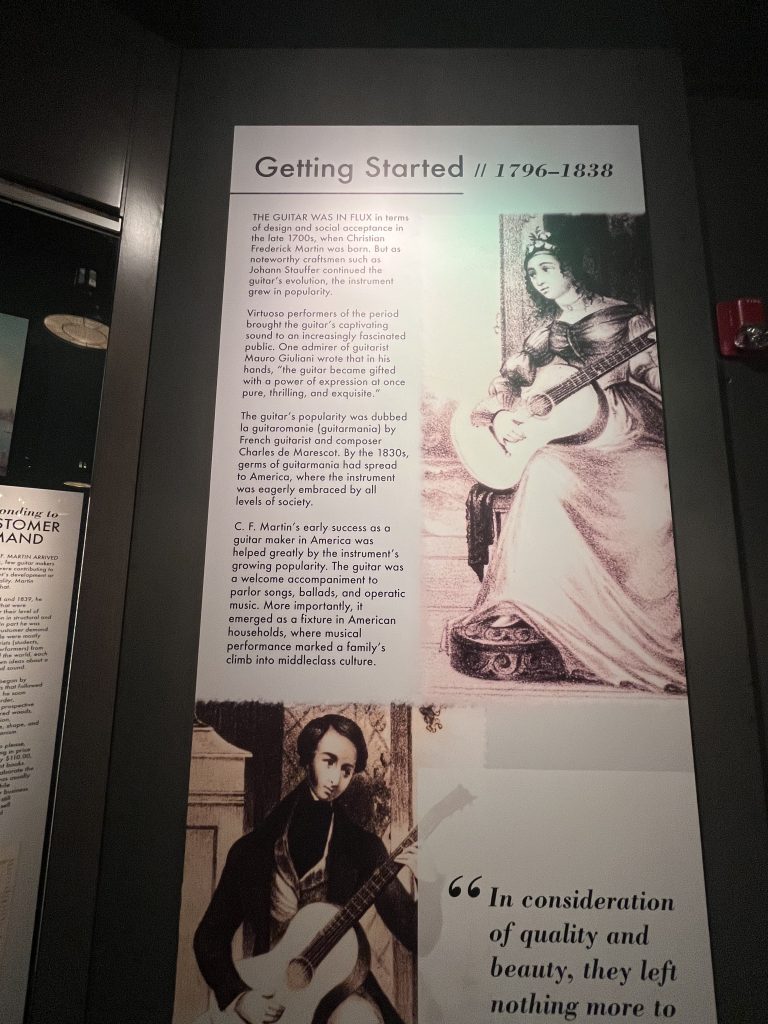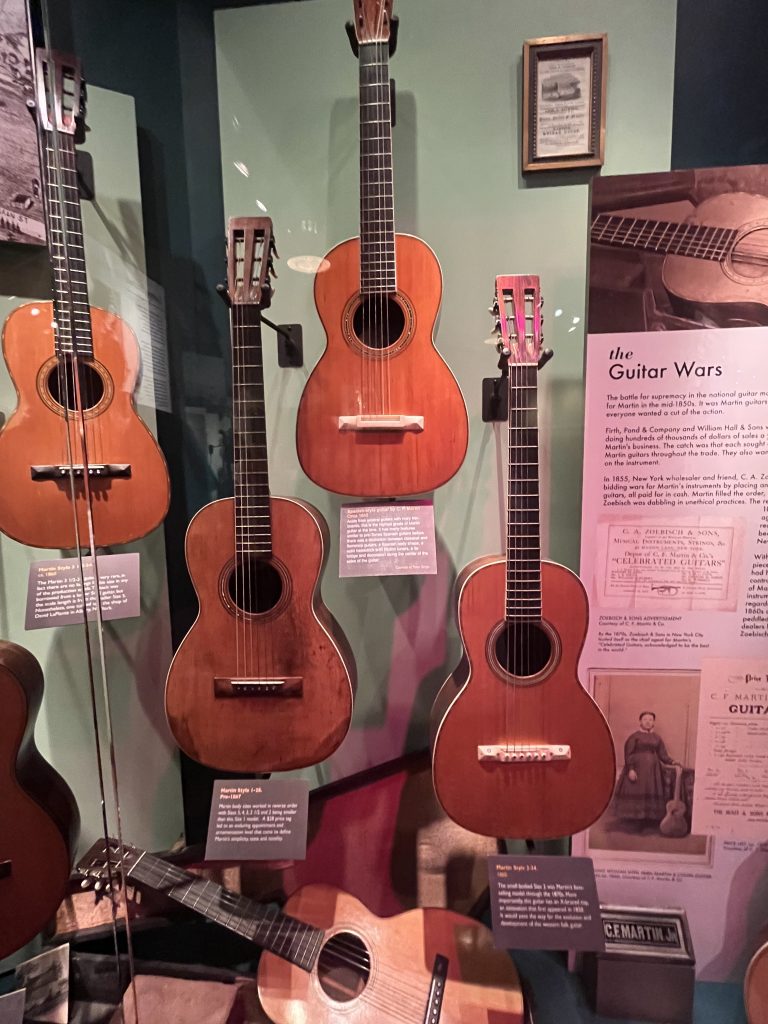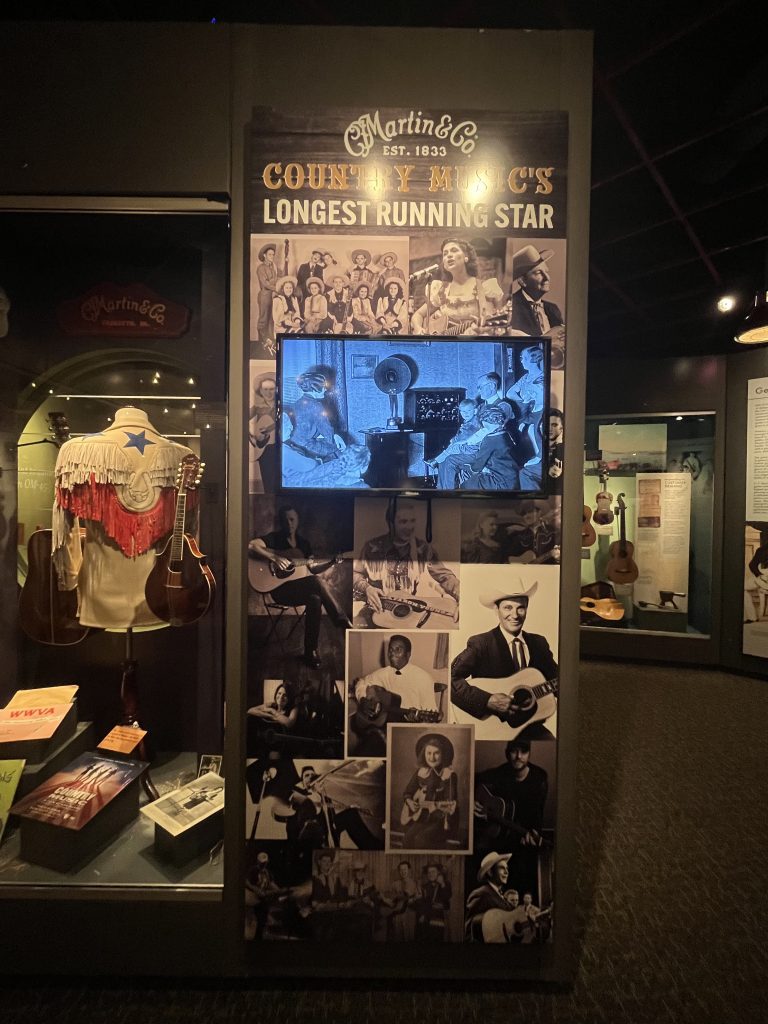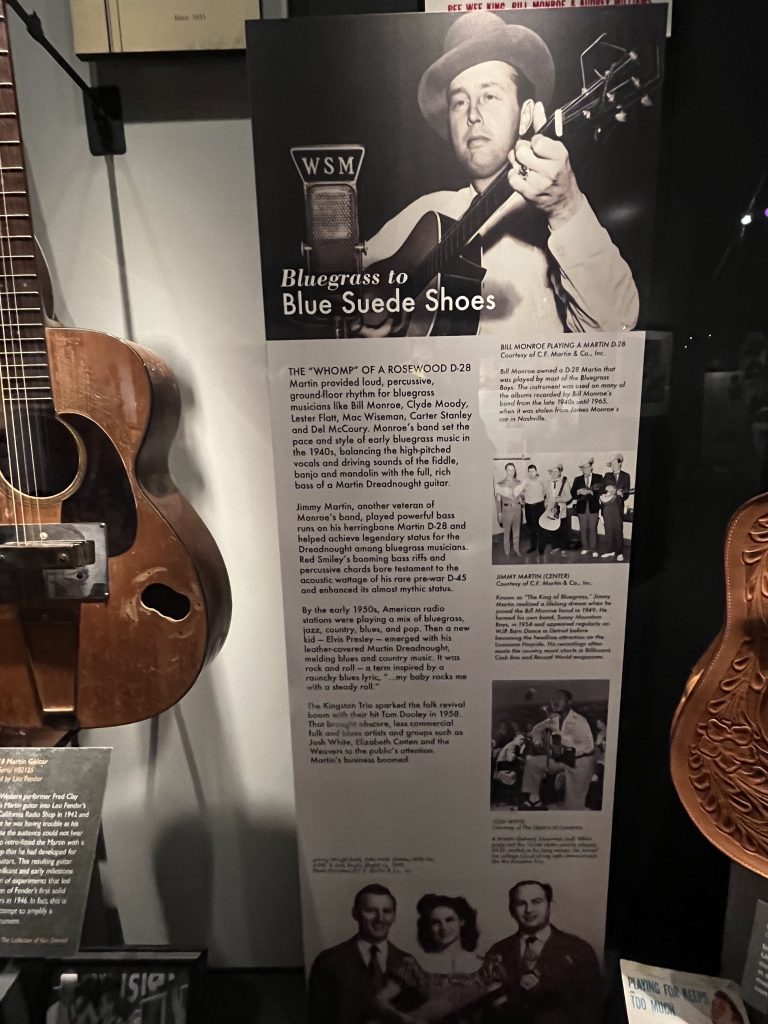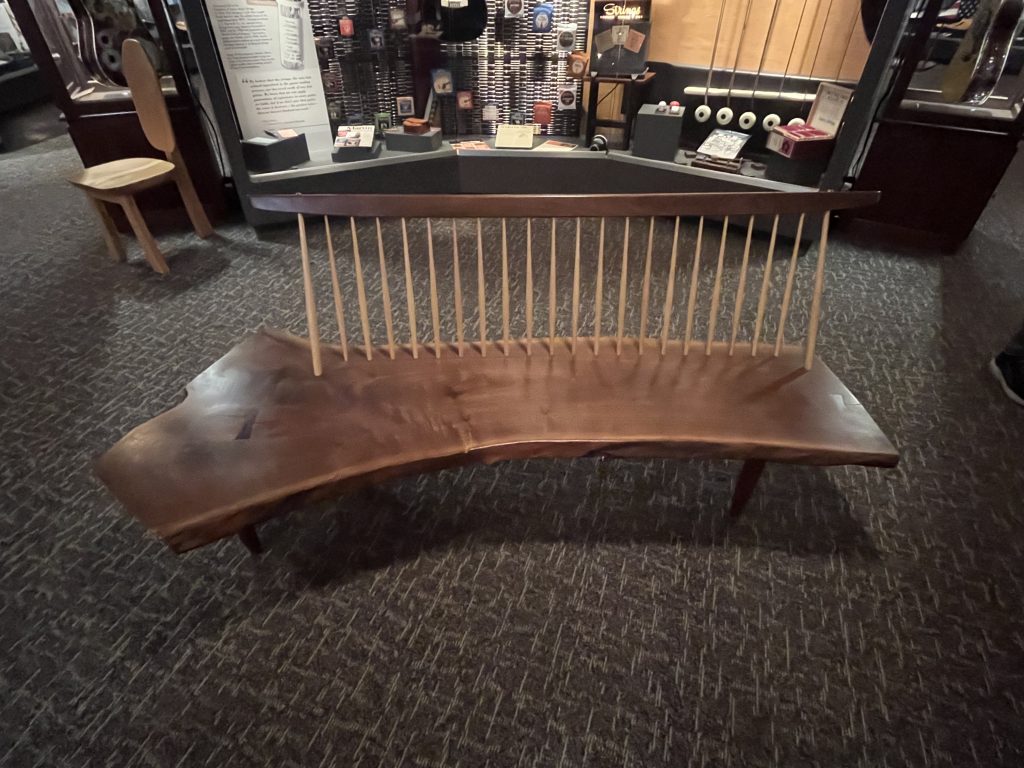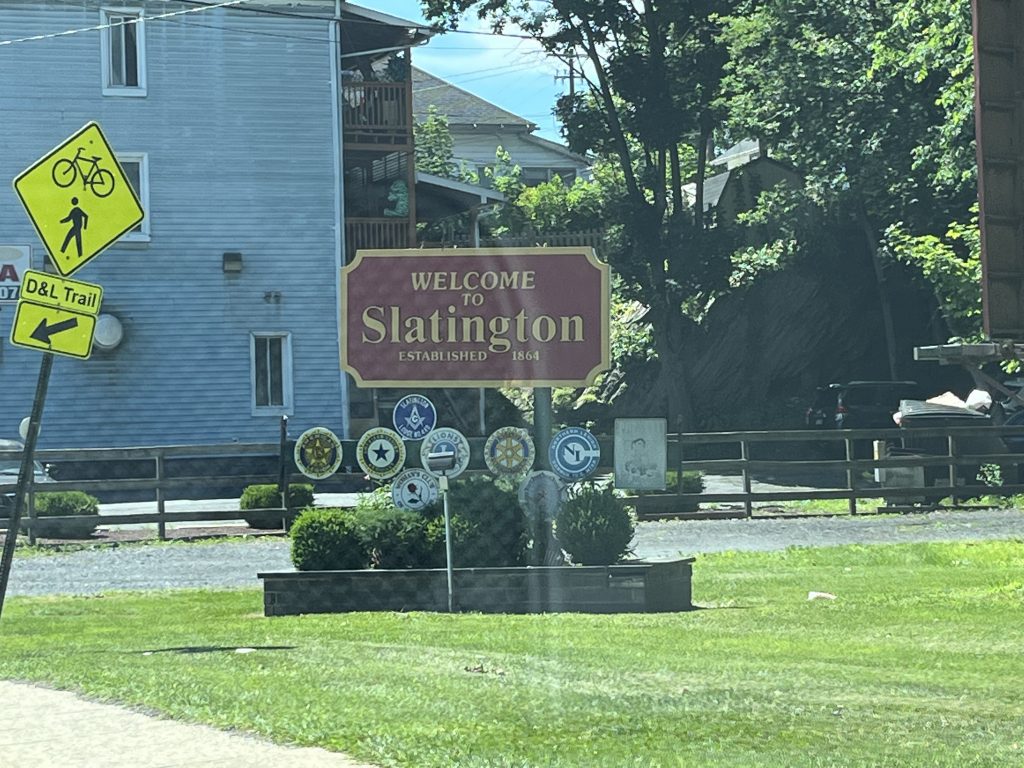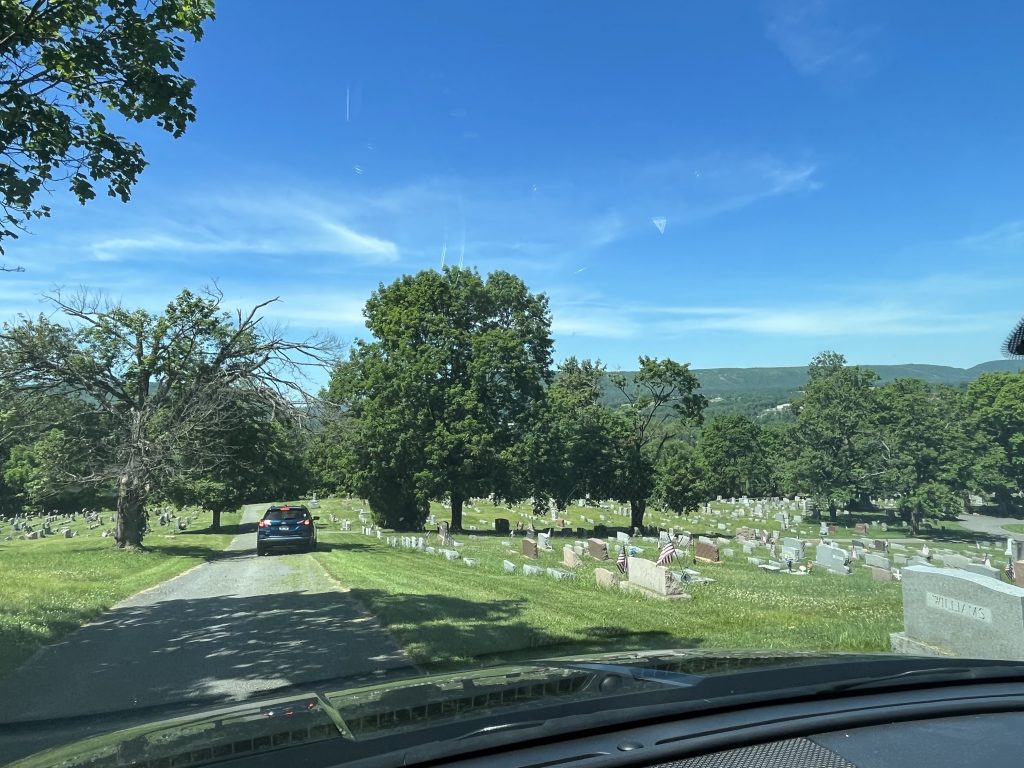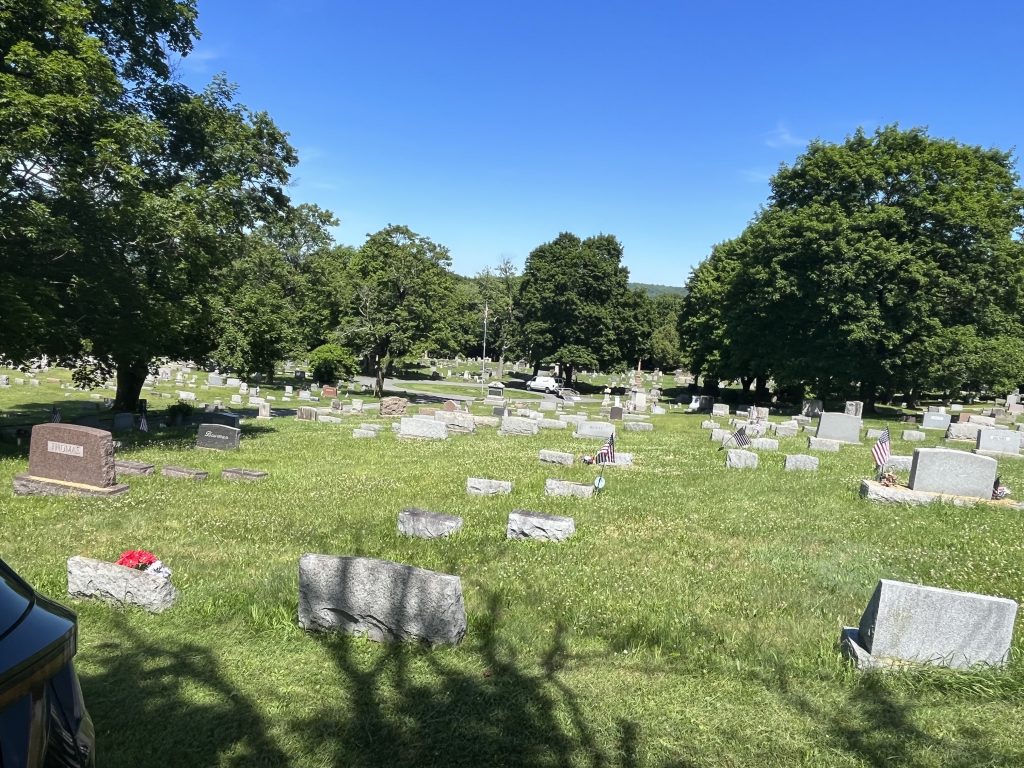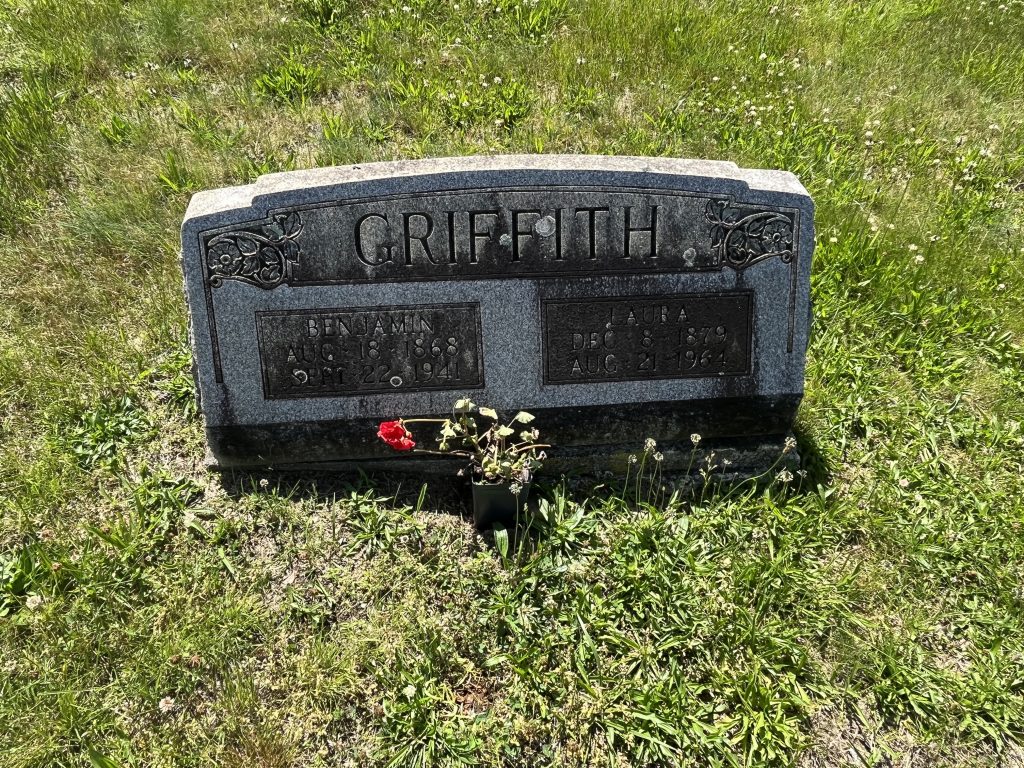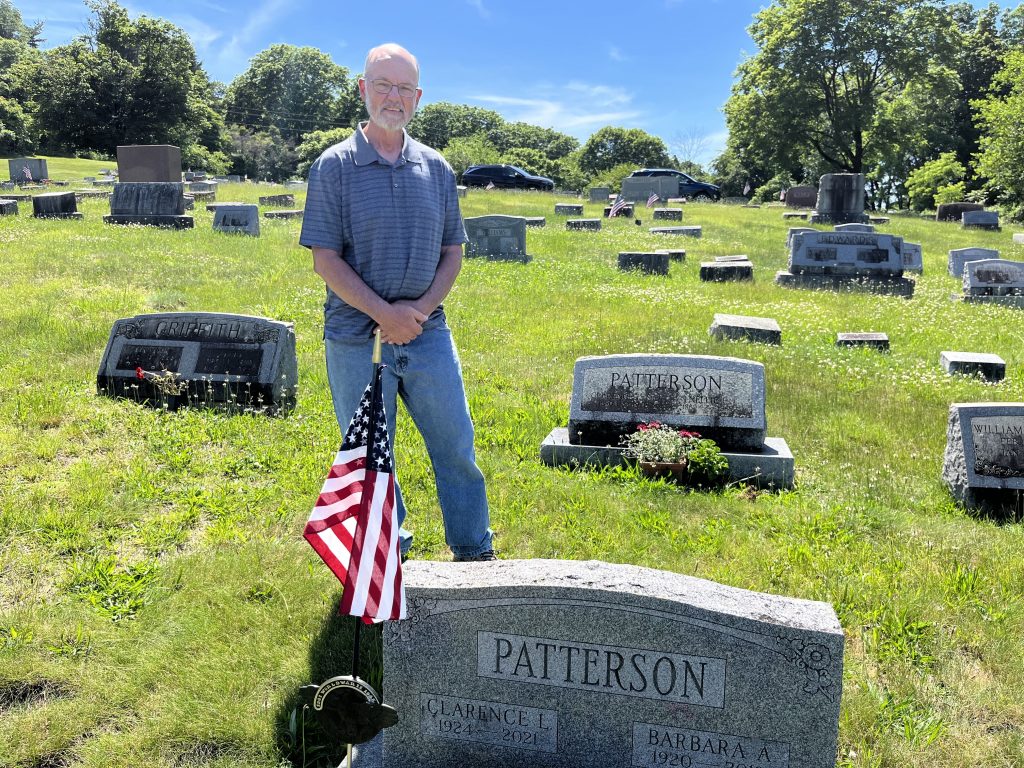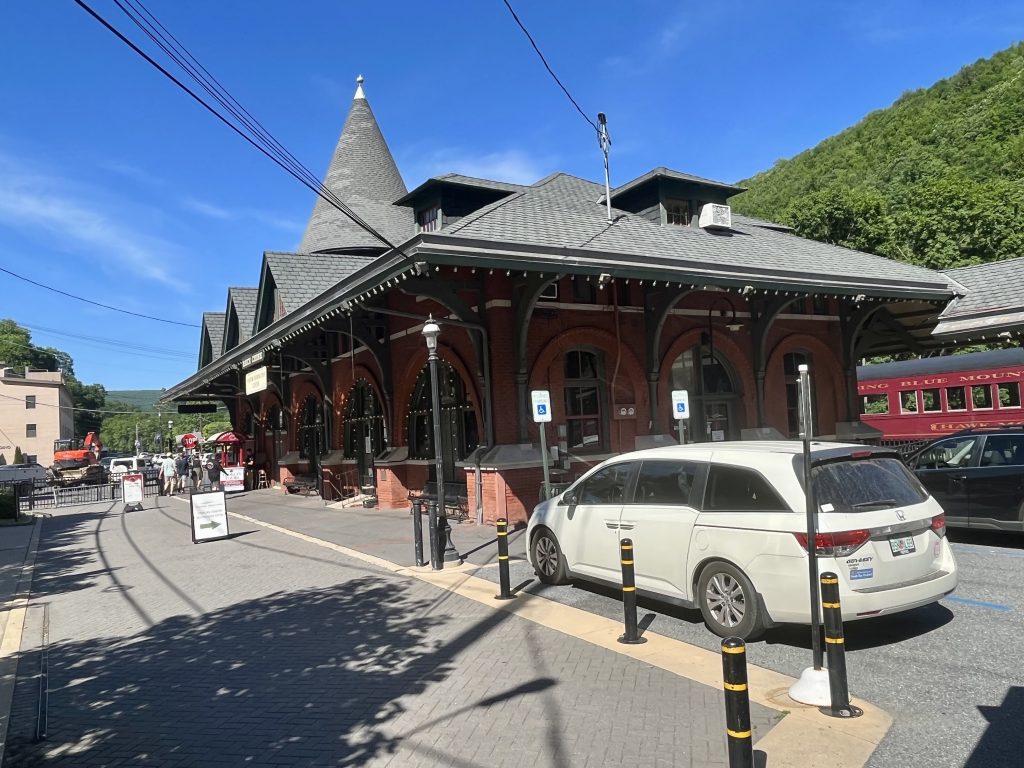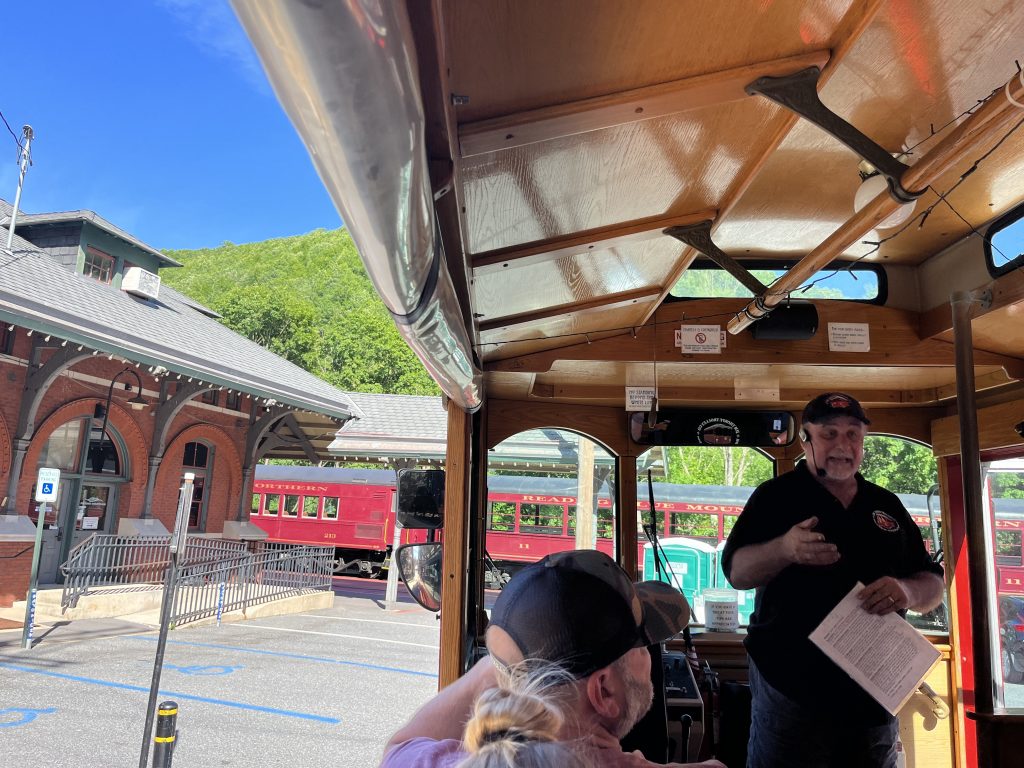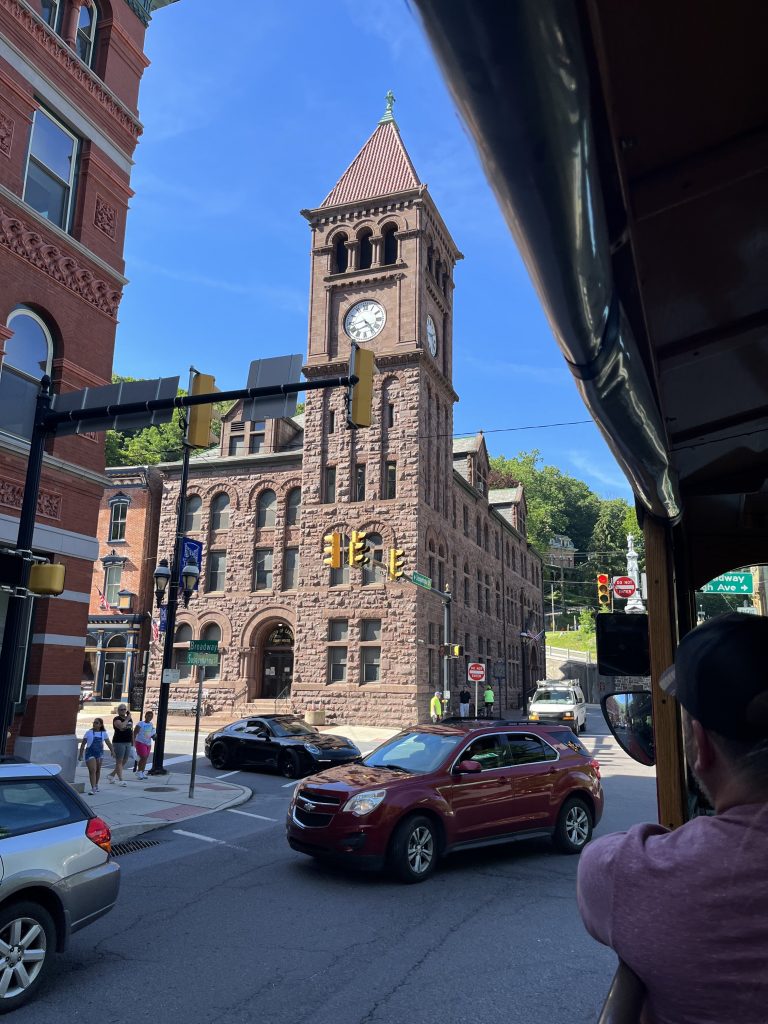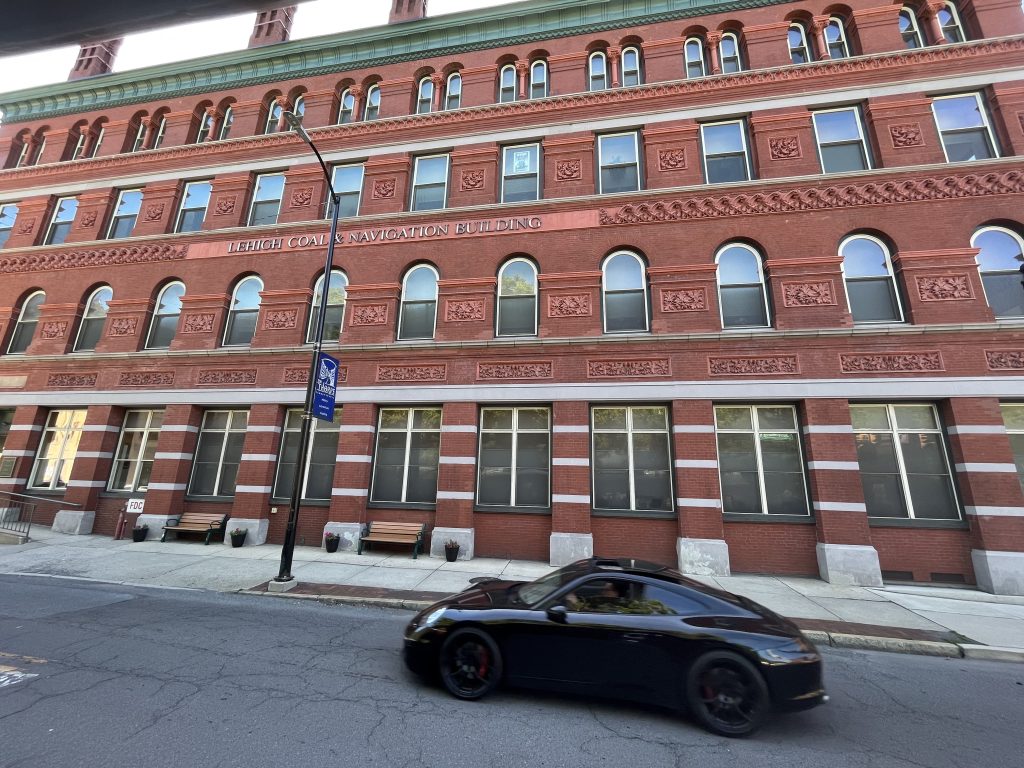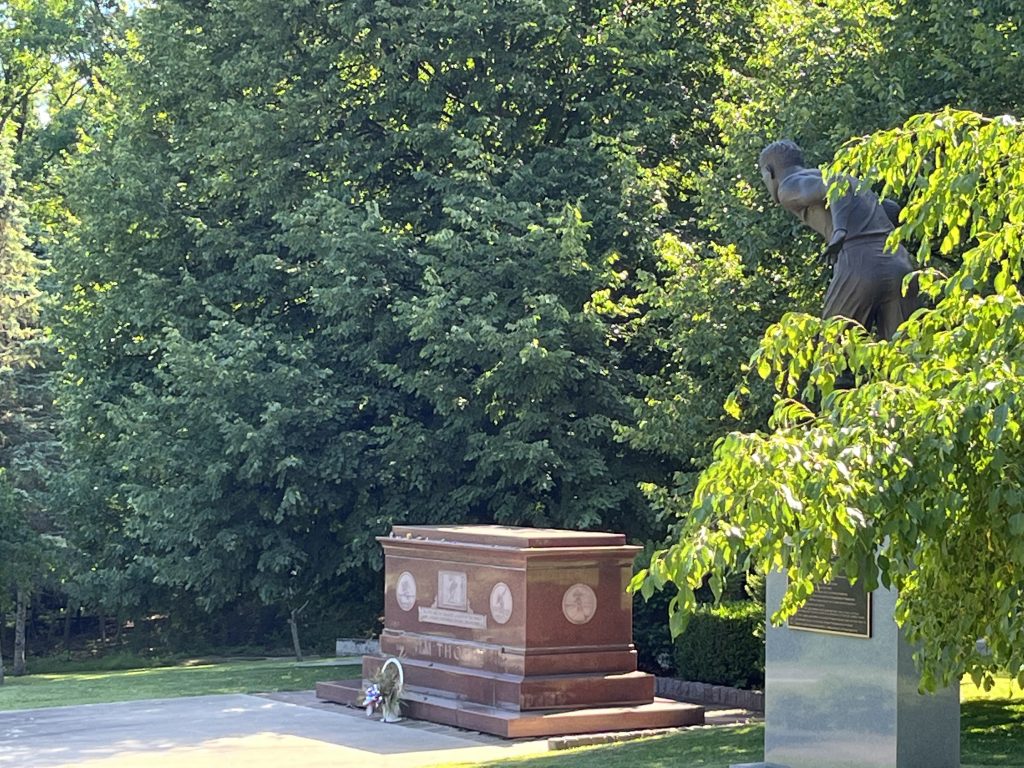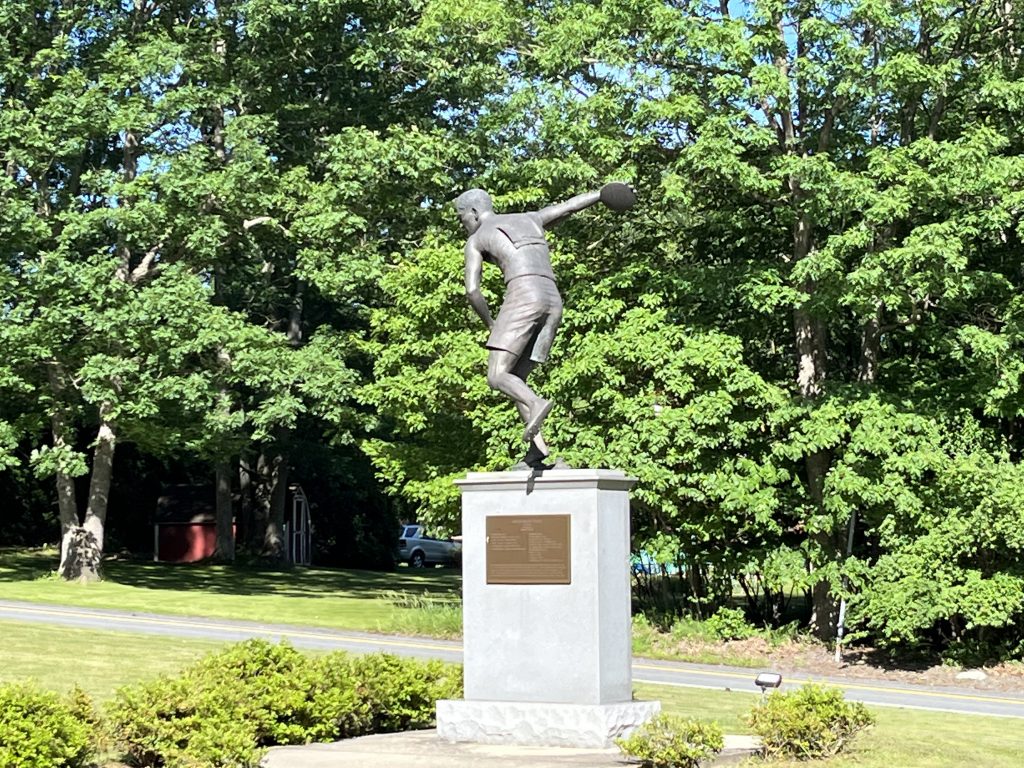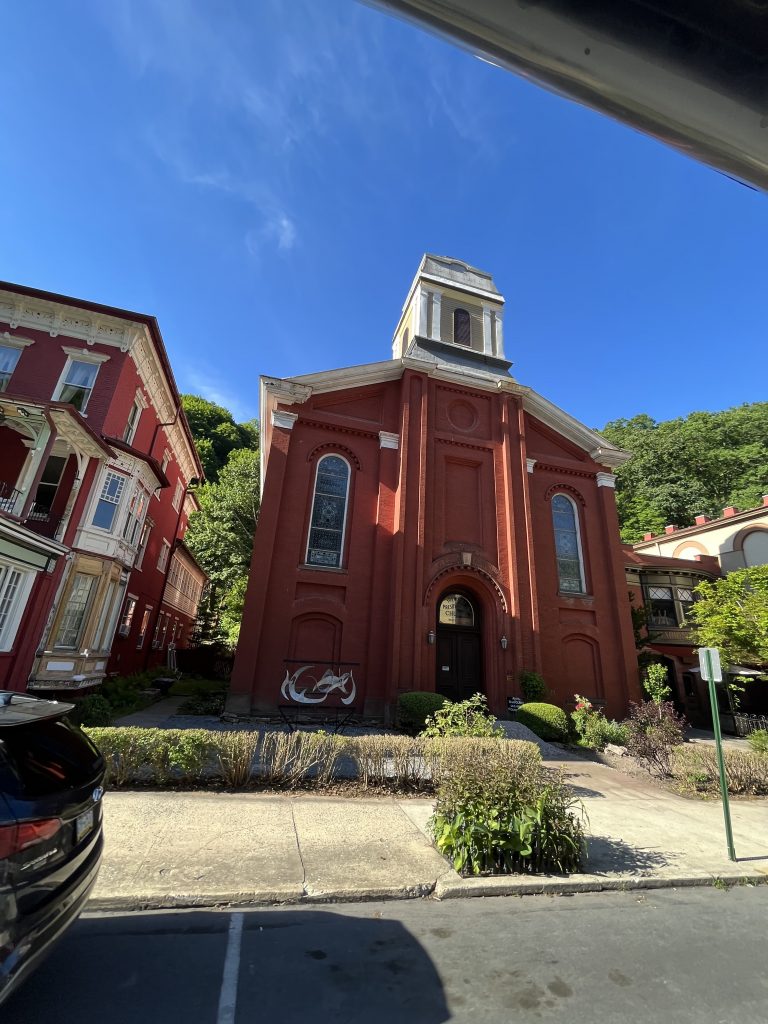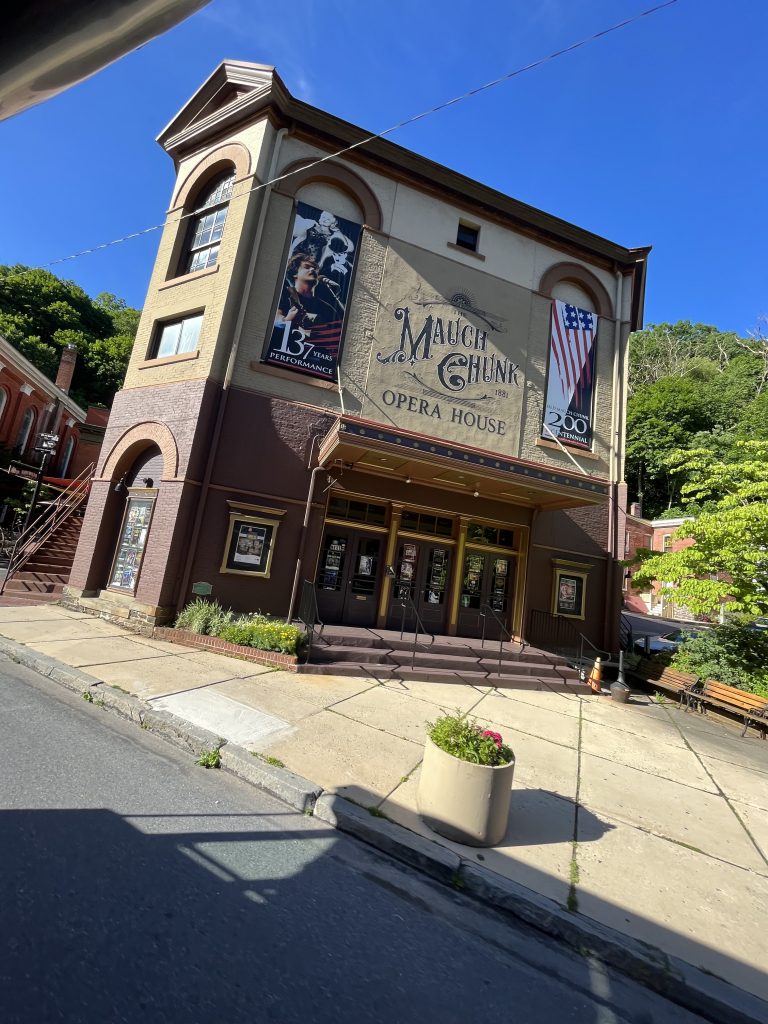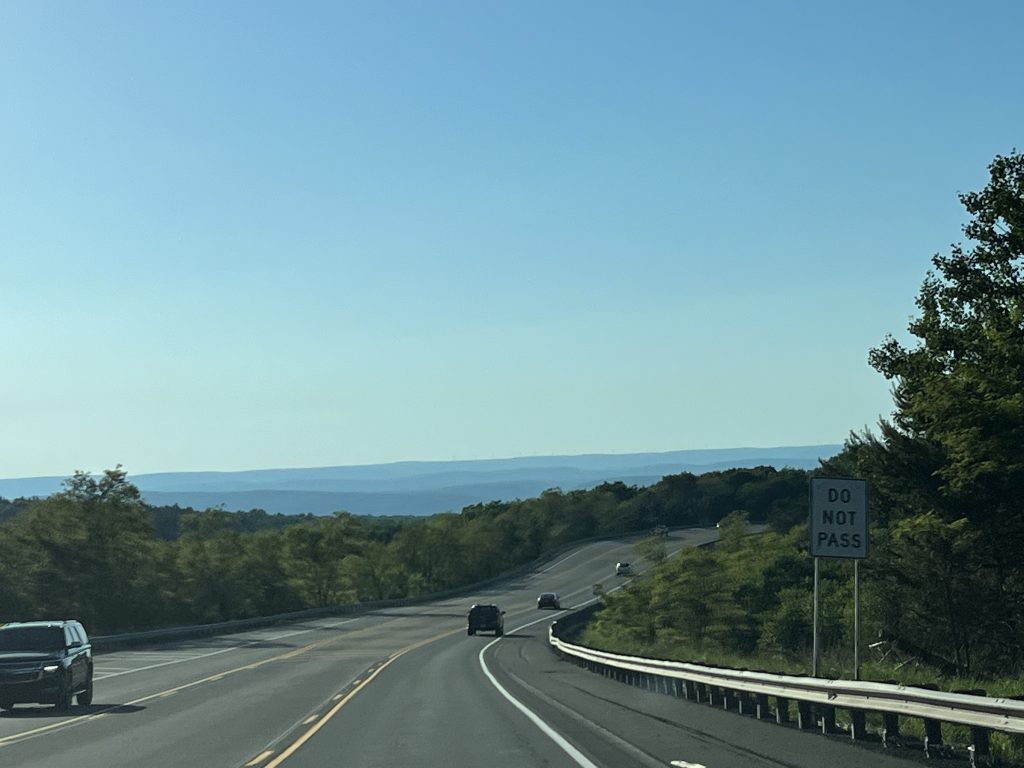There is a good answer to a pesky biblical question. In John’s Gospel, Nathaniel asks Philip, “Can anything good come out of Nazareth?” The answer, of course, is yes, Jesus! But the last time Donovan preached on the text, I took my phone out and texted him, “Can anything good come out of Nazareth?” Yes! Martin Guitars!
Nazareth, Pennsylvania is a small town just about 5 miles up the road from where I grew up in Bethlehem. In fact, the closest main road was PA191 aka “Nazareth Pike.” Founded by the same Moravians who founded Bethlehem, it has been the home of Martin Guitars since the mid-1800’s. Many of my HS classmates had Martin guitars and several of their parents worked for the company. A few years back when I was home for a HS reunion I went up and toured of the manufacturing plant, which was fascinating. This time I could only tour the museum.
Growing up, an annual family event was going “up to the country” to a family reunion on my dad’s side for Memorial Day to “do the graves.” Before it was Memorial Day it was Decoration Day (https://www.military.com/holidays/memorial-day/how-decoration-day-became-memorial-day.html), a time to clean the graves and put flowers on them for summer. My dad’s mom, my Nain (grandmother, in Welsh), Laura Jones Griffith, grew up in a large family in the town of Slatington, PA. She was exceptionally close to her four sisters and every Decoration/Memorial Day we’d gather in Walnutport (across the Lehigh River from Slatington) for a family reunion at the Pattersons – Aunt Nell and Uncle Clarence Patterson’s large property. I’m embarrassed to say that of all of my grandmother’s family I only remember Aunt Nell. She had the whitest hair I’d ever seen and the story in the family was it had turned white when she was a teenager and the omnibus she and one of her sisters was riding in was struck by a train and her sister was killed. Being the youngest generationally, I’m sure I was more interested in exploring the grounds or wandering in Uncle Pat’s shop with its Franklin pot-bellied stove exploring the arrows he made and carpentry projects he had going on. Uncle Pat taught shop at Nazareth High School for over 30 years and one of his students, an Italian immigrant kid with little English, was named Mario Andretti! Hence, the Indianapolis 500 race was a big deal to my cousin, Jimmy Patterson, though I couldn’t for the life of me imagine how listening to a race on the radio for hours at a time was a good plan!
I never knew my Taid or Nain. Pop’s dad, Benjamin Griffiths, was born near Bangor, Wales, in 1868 and came to the US in 1884 as a sixteen-year-old quarryman and worked in every major slate and marble quarry in the eastern US from Poultney, VT to Tate, GA. He lived and worked mostly in Welsh communities in what are called “cultural or immigrant islands” where only Welsh was spoken and the ties to the homeland were strong. Although he became a US citizen, only Welsh was spoken in the house my dad grew up in and Pop didn’t hear a sermon in English from the pulpit of the First Welsh Presbyterian Church of Wilkes-Barre until he came home from serving in WWII. Taid died of a heart attack in the Public Square Park in downtown Wilkes-Barre in ‘41 when my dad was 20. Nain eventually developed “dementia” and, though it broke my dad’s heart, he had to have her committed to the Allentown State Mental Hospital because she would wander off from the house. I have a faint memory of him sneaking me in to see her at the hospital, but as she died when I was four, I have no memory of her. But I have clear memories of going up to the beautiful cemetery on the hillside in Slatington for Decoration Day, so I drove up to see cousin Jimmy Patterson who took me to Fairview Cemetery and helped me find the graves. Later today, in Wilkes-Barre, I’ll visit my folks’ graves.
From Slatington I drove over to Jim Thorpe, PA, a town that has an unusual history. Originally named Mauch Chunk, PA it once was exceedingly wealthy as the center of anthracite coal-shipping. Located in the Pocono Mountains on the Lehigh River approx 80 miles north of Philadelphia and 100 miles west of New York City, the Lehigh Coal & Navigation Company (LC&N) would develop the town to become the lower terminus of a gravity railroad. It was also made famous for the famous Molly Maguires, Irish immigrant coal miners whose strikes often turned violent. But how did Mauch Chunk become Jim Thorpe? “Following the 1953 death of renowned athlete and Olympic medal winner Jim Thorpe, Thorpe’s widow and third wife, Patricia, was impatient when, after five months, the planned memorial in Shawnee, Oklahoma had yet to raise the $100,000 to honor him. The town’s citizens had paid for her, a Thorpe son and Jim’s body to be shipped from California, paid and arranged for the funeral service at St. Benedict’s Catholic church, and paid for the mausoleum costs at Fairview Cemetery. Then Gov. Johnston Murray vetoed a bill which would contribute funds to the erection of the memorial at Athletic Park. On Sept. 1st Mrs. Thorpe, saying she feared Jim would be buried in a potter’s field, shipped the body to Tulsa where she said the Chamber of Commerce was going to build a proper memorial, which was not true. When she heard that the boroughs of Mauch Chunk and East Mauch Chunk were desperately seeking to attract business, she made a deal with civic officials. According to Jim Thorpe’s son, Jack, Patricia was motivated by money in seeking the deal (Wikipedia). So Jim Thorpe is buried there and the name was changed for what was the equivalent of a gift of $250,000 to Thorpe’s widow.
Jim Thorpe is a thriving little tourist town now, filled with boutique hotels, upscale eateries, and quaint shops. There is also a scenic railroad that runs out of the old station taking tourists up into the Pocono Mountains. I have some history with the town, back when it was very much down and out back in the late ‘60’s and early ‘70’s. When I was in 5th grade I was cast by the local public broadcasting TV station to make a documentary of all of the tourist things to do in the area. What this meant was getting out of a lot of school and being filmed riding the roller coaster at Dorney Park, sailing on a canal boat out of New Hope, and riding the scenic railroad in Jim Thorpe. But in my memory, the train station was a dump; cobwebs in the corners, trash on the floors, peeling paint on the walls, and water stains on the ceilings. It was fun to see it returned to its former splendor.
I finished the day up in Clarks Summit, PA, with my friend Bill Carter, grateful for his long friendship..
